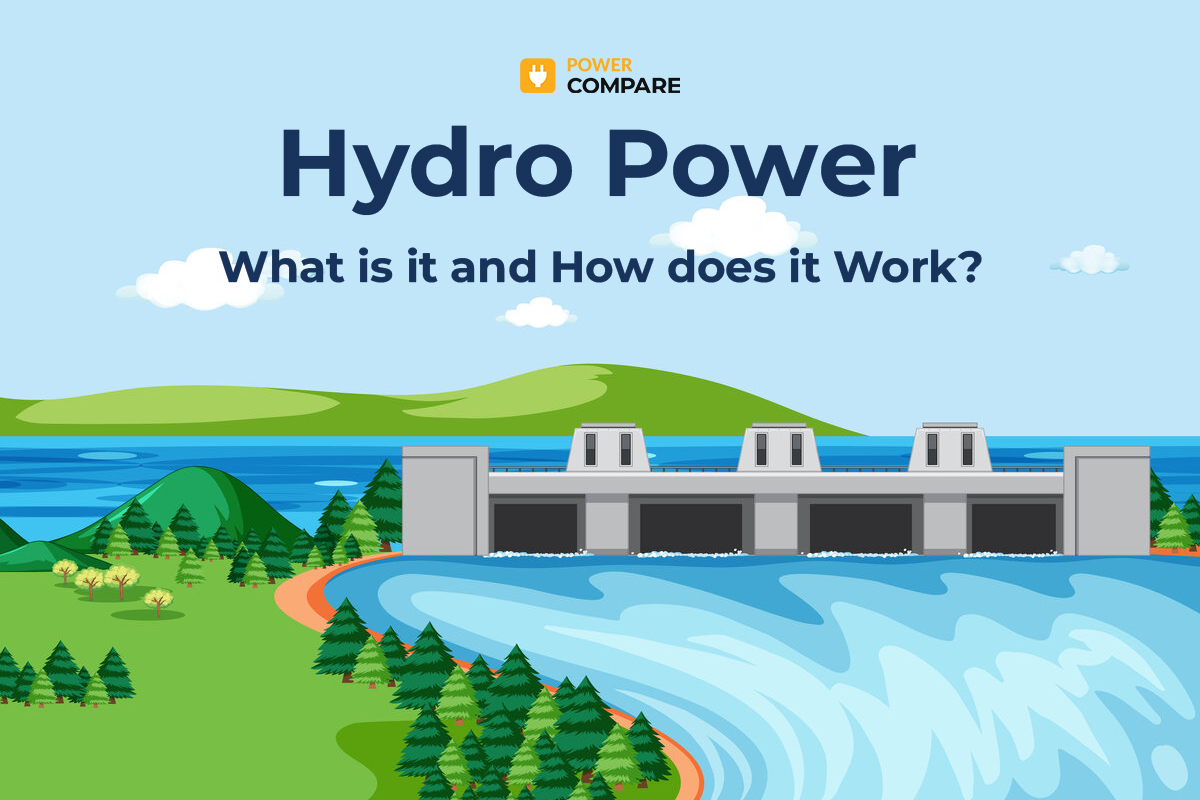Hydro Power: What is it and How does it Work?

In New Zealand, homes and businesses receive their power from a variety of sources. Our power comes from a combination of renewable sources and non-renewable sources.
What is Renewable Energy?
Renewable energy is a source that is constantly replenished, that can be harnessed and converted into energy. It is created from the earth’s resources. For example, solar, wind, and hydro power are all renewable sources of energy.
What is Non-Renewable Energy?
Non-renewable energy comes from sources that will not be replenished in our lifetimes, and even if many other lifetimes. For example, fossil fuels which are typically made up of coal, and are formed through natural processes such as decomposition of organic matter. Fossil fuels are known as dirty, or less clean and healthy for the planet, and therefore, the New Zealand power industry is making strategies to step away from this source of energy for powering our day-to-day lives.
Today’s renewable energy spotlight is on hydro power. Or the renewable energy source that is water.
What is Hydro Power?
Hydroelectric power, more commonly called hydro power, is a form of energy that harnesses the power of moving water – such as a flowing river – to generate electricity. In New Zealand, thanks to our abundance of natural waterways, hydroelectric power is one of the most common forms of renewable energy. Hydro power has been a part of New Zealand’s energy supply for over 100 years and supplies more than half of the country’s energy needs.
Did you know that people have used this type of energy for thousands of years? People in ancient Greece, 2,000 years ago, used the flow of water to turn the wheel of their mill, which helped them grind wheat into flour.
How Does Hydro Power Work?
The hydro power process typically starts in the reservoir of water. There will typically be a gate or valve that controls the flow of water, and determines how much leaves the gates. The water flows towards the gates and gains speed just before it spills over the top of the dam or before it spills over the fall. As the water gushes over the dam and downhill, it spins through blades of a turbine, which generates kinetic energy. This energy is converted into electricity and is then distributed to the power plants across the country so Kiwis can switch on their lights and watch TV.
Now that you know where lots of your power comes from, why don’t you compare your power plan?
Here at Power Compare, we are determined to help Kiwis get the most value out of their power bill and make an informed decision doing so. By comparing your bill, you can not only find the best deal out there, but you can have a better understanding of the market, how bills are designed, and how providerscharge for your electricity. And you can save hundreds of dollars over the course of a year just by comparing and switching to the right plan for your needs.
Further Reading:
Going Green for St Paddy's: Shedding Light on the Benefits of Solar Power

